An article in Opto-Electronic Advances, discusses complete-basis-reprogrammable coding metasurface for generating dynamically-controlled holograms under arbitrary polarization states.
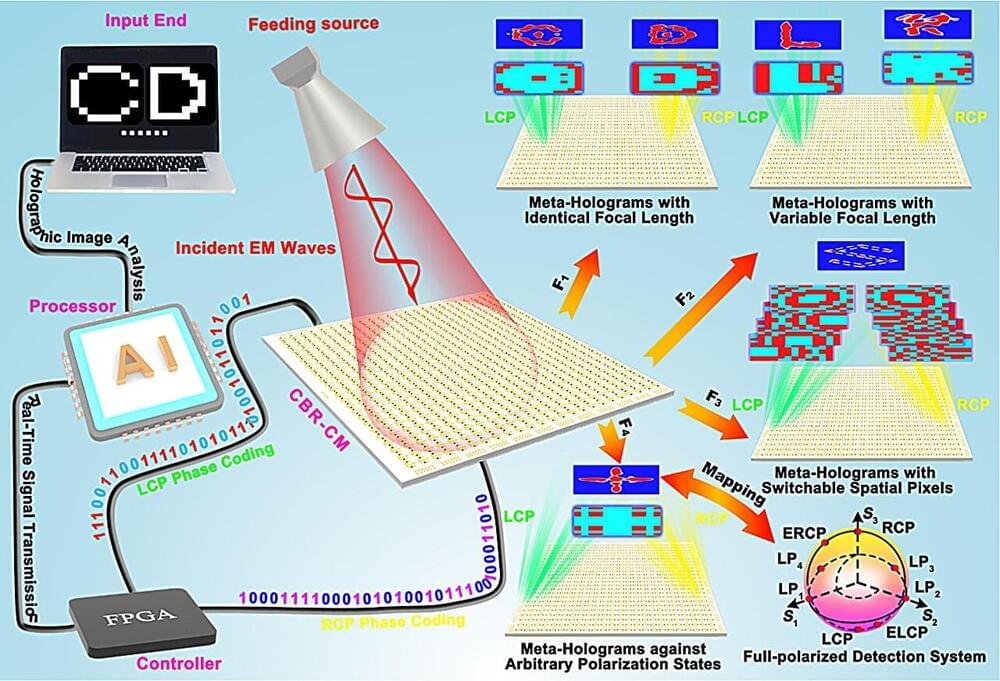

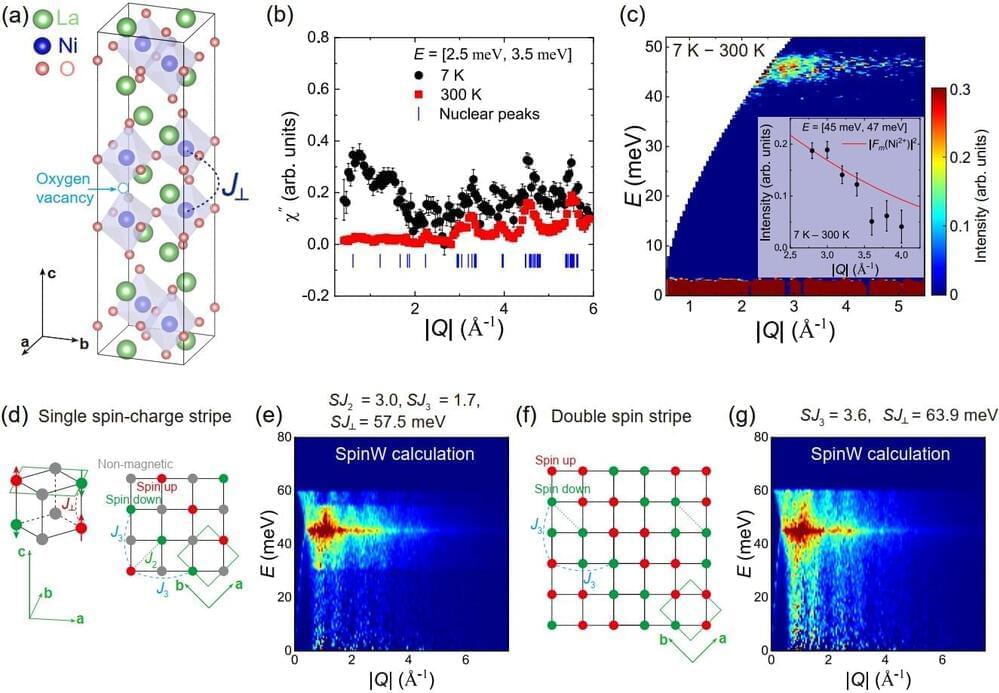
Recently, an inelastic neutron scattering work on the bilayer nickelate La3Ni2O7-δ polycrystal finished by a team from Sun Yat-sen University was published in Science Bulletin. The team employed neutron spectroscopy to study the magnetic ground state and spin dynamics of La3Ni2O7-δ at ambient pressure.
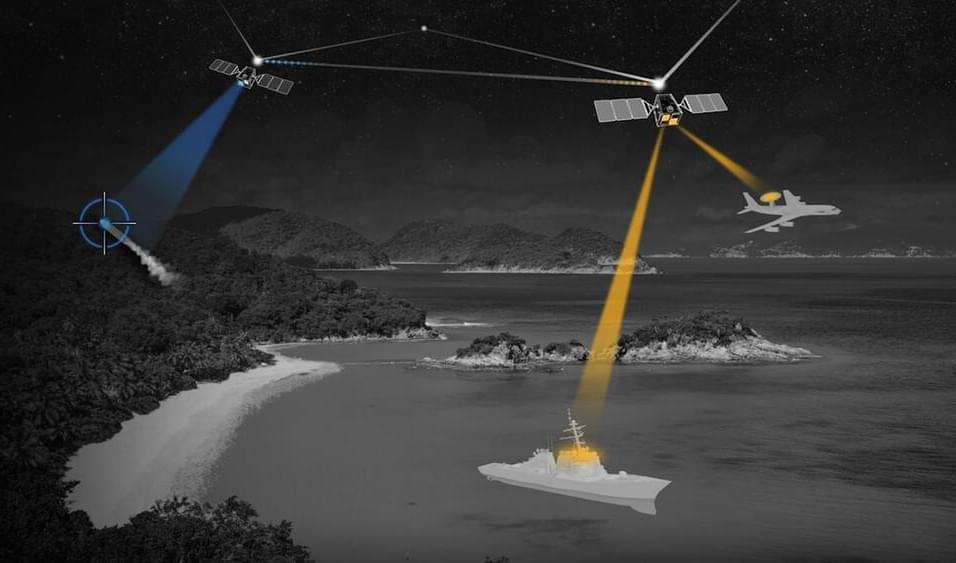
WASHINGTON — General Dynamics Mission Systems, a unit of defense contractor General Dynamics, has been awarded a $491 million contract extension by the Space Development Agency for satellite ground systems, the Pentagon announced Aug. 30.
The modification nearly doubles the company’s existing contract with the Space Development Agency (SDA) to approximately $900 million through 2029. General Dynamics in 2022 was selected to build the ground operations and integration segment for the SDA’s Proliferated Warfighter Space Architecture (PWSA), a mesh network of satellites in low Earth orbit designed to support global military operations.
SDA. which is under the U.S. Space Force, is building the PWSA with a dedicated tracking layer that allows for real-time detection and monitoring of ballistic missile threats. The PWSA also is intended to provide a low-latency communication backbone for continuous data transmission, enhancing the ability to coordinate joint operations across different military branches.
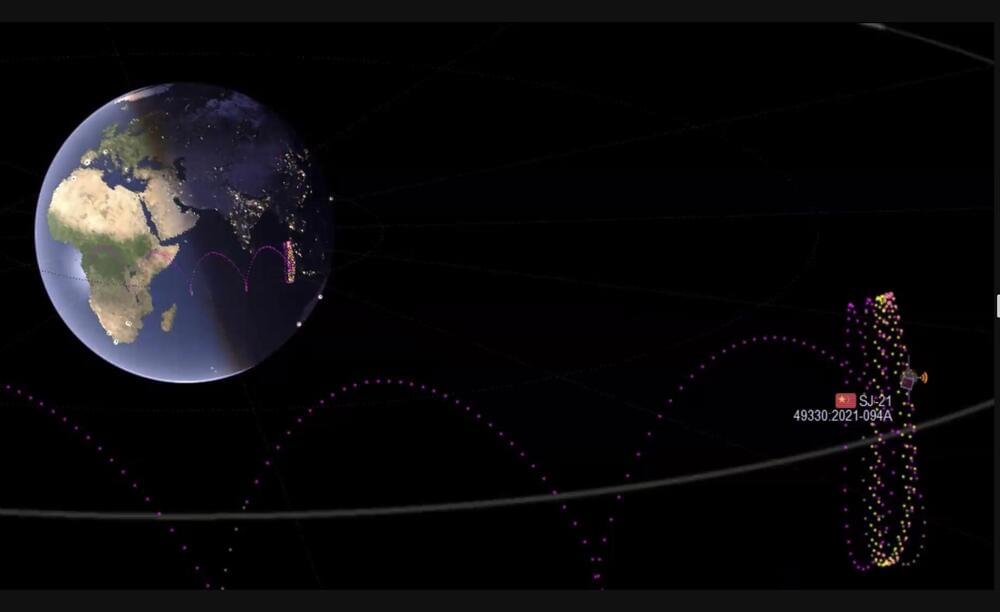
HELSINKI — Chinese researchers are calling for improved space situational awareness, following an assessment of U.S. capabilities and trends.
An article titled “A Review of Space Situational Awareness Satellites: Silentbarker,” published in the journal ACMSR, provides an in-depth review of the development, status and future trends of space situational awareness (SSA) satellites.
It focuses in particular on four significant programs developed by the United States. These are the Midcourse Space Experiment (MSX), the Space-Based Surveillance System (SBSS), the Geosynchronous Space Situational Awareness Program (GSSAP) and Silentbarker.

While the idea of a quantum internet has a huge amount of potential, getting it hooked up to the regular old internet has its challenges.
Now a new study hints at how existing and future networks could be combined.
An experiment conducted by researchers from Leibniz University Hannover in Germany show how quantum information and the classic 1s and 0s of conventional data could be beamed down the same optical fiber.

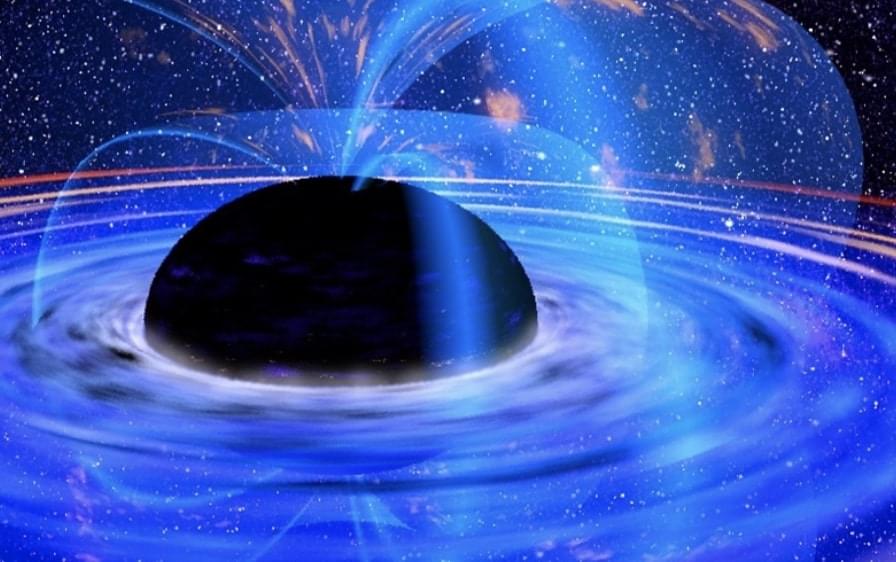
Humanity is on the verge of AGI (Artificial General Intelligence). Futurist Ray Kurzweil predicted decades ago that we would reach AGI in 2029. AI and Large Language Models could reach AGI sooner than 2029. However, the definitions of artificial intelligence that surpasses individual humans has issues around definitions and measurement.
Kurzweil also predicted the Singularity in 2045. He defined that as having cumulative artificial intelligence beyond the total intelligence of humanity.
Beyond the Singularity is Computronium and the limits of technology and the limits of computing.
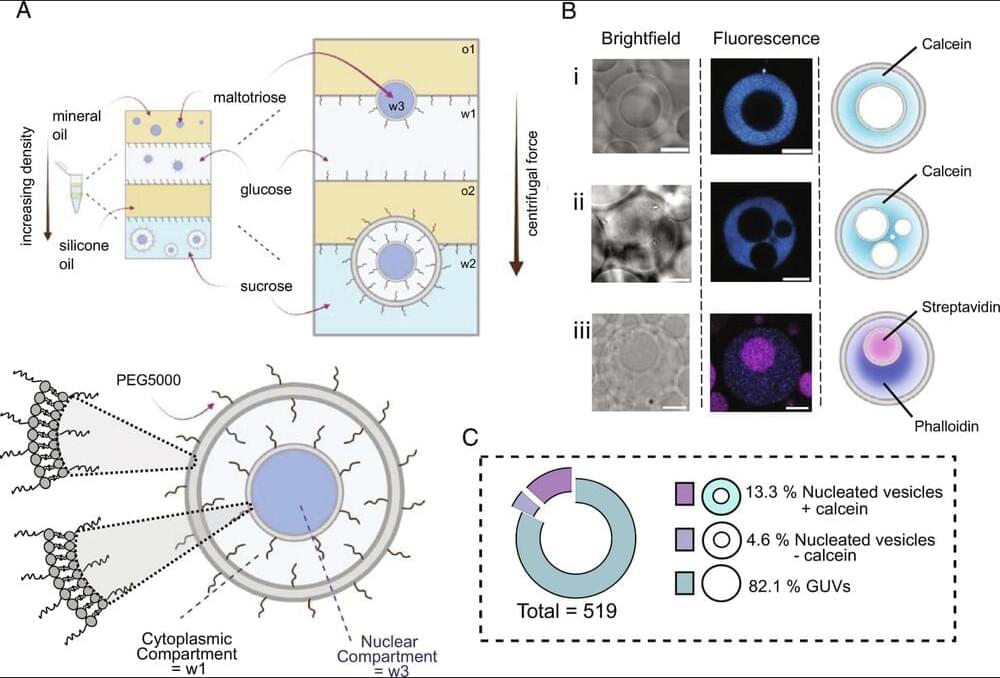
The brain’s white matter comprises areas of the central nervous system made up of myelinated axons. Its name is derived from the pale appearance of the lipids that comprise myelin. Myelin is a segmented sheath that insulates axons, ensuring the conduction of neural signals. The loss of myelin is documented in a number of neurodegenerative pathologies, including Alzheimer’s and Parkinson’s disease, and perhaps most notably, multiple sclerosis. As people age, demyelination becomes more likely.
Researchers have long suspected a relationship between cardiorespiratory fitness and the integrity of the brain’s white matter as people age. However, a lack of specific evidence has led researchers at the National Institutes of Health to conduct a study examining the strength of this correlation, now published in the Proceedings of the National Academy of Sciences.
To establish a correlation between cardiovascular fitness and cerebral myelination, the researchers recruited a cohort of 125 participants from age 22 to 94 years old. The cardiovascular fitness of the participants was quantified as the maximum rate of oxygen consumption, popularly and succinctly known as VO2max. Myelin content was defined as the myelin water fraction, which the researchers estimated through an advanced multicomponent relaxometry MRI method.
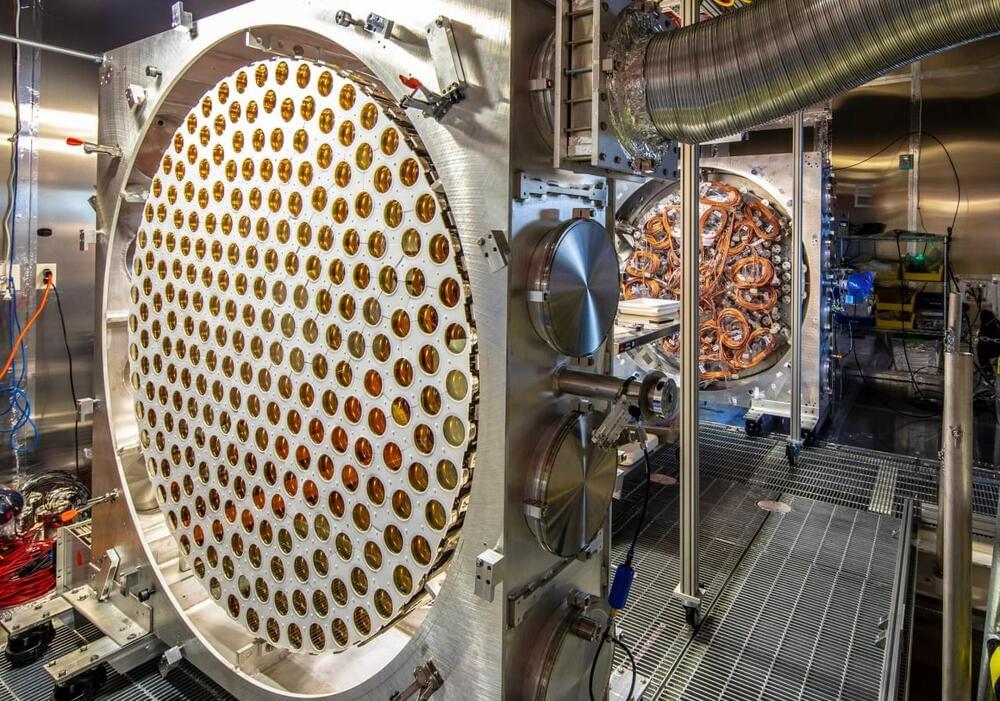
AUSTIN (KXAN) — The most sensitive dark matter detector in the world is showing results in the hunt for the hypothetical particle. The results: they can’t find it.
“If you think of the search for dark matter like searching for buried treasure,” said Scott Kravitz, an associate professor in the physics department at the University of Texas, “we’ve basically dug part of the way down to where it might be, it could still be deeper below what we’ve searched so far.”
Kravitz is part of the LEX-ZEPLIN project, a Department of Energy hunt for dark matter in a cavern in South Dakota.
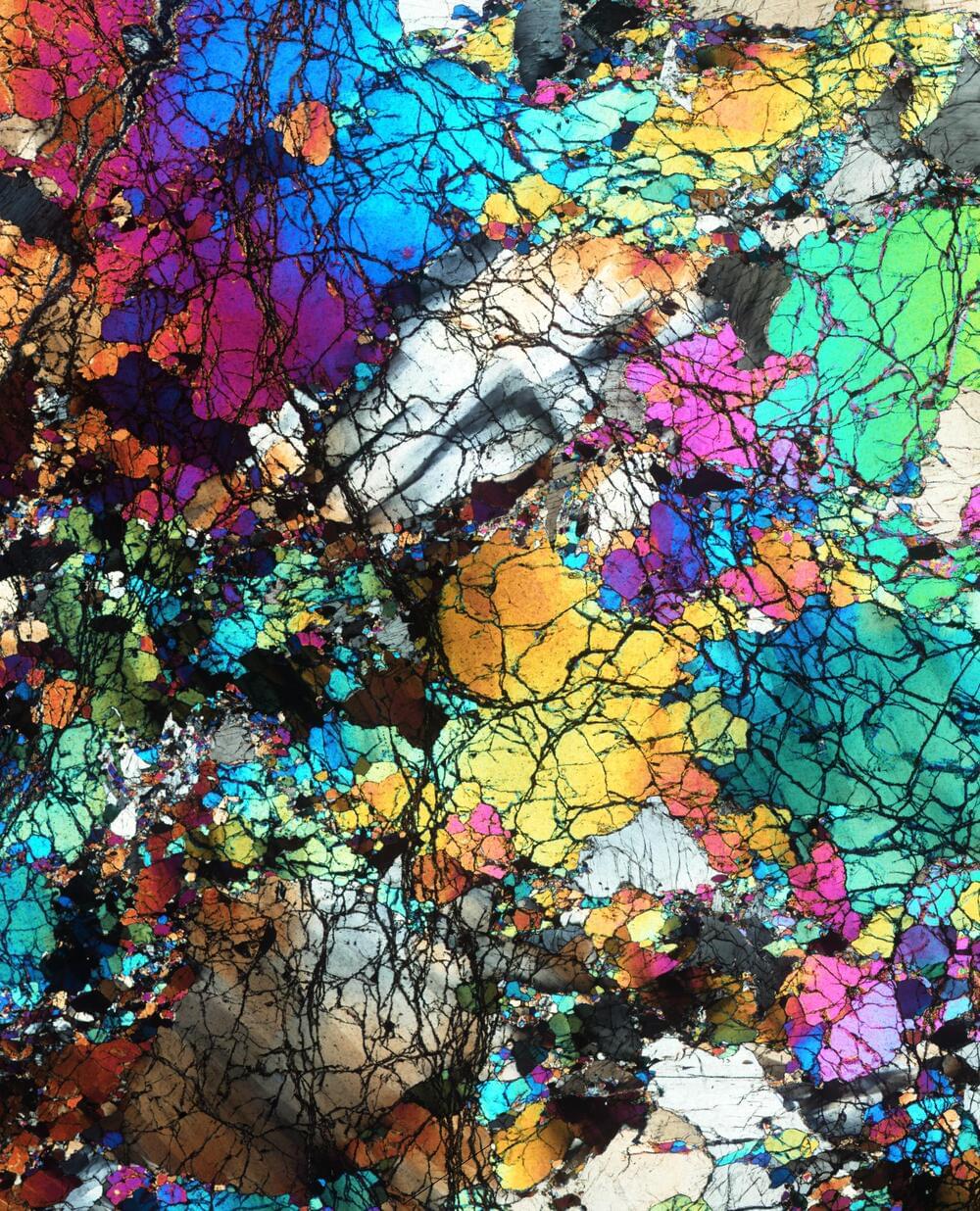
The nature of Earth’s deep past can often feel intangible. From our modern moment, eons billions of years in the past seem hard to touch. Among some of our planet’s rocks, however, are tatters and fragments from those distant times that can offer us a peek at what our planet was like when our ancestors were single-celled organisms. By studying some of these vestiges, geologists have been able to detect what was transpiring under the Earth’s crust over 2.5 billion years ago.
Below our feet—and our planet’s outer crust— Earth’s mantle makes up the vast majority of the planet’s volume. Different layers of the mantle are made up of different rock types, and one of the most common is an igneous rock high in silica content called peridotite. In the past, when geologists have compared samples of prehistoric peridotite from Earth’s mantle and their modern equivalents, they’ve found a significant discrepancy.